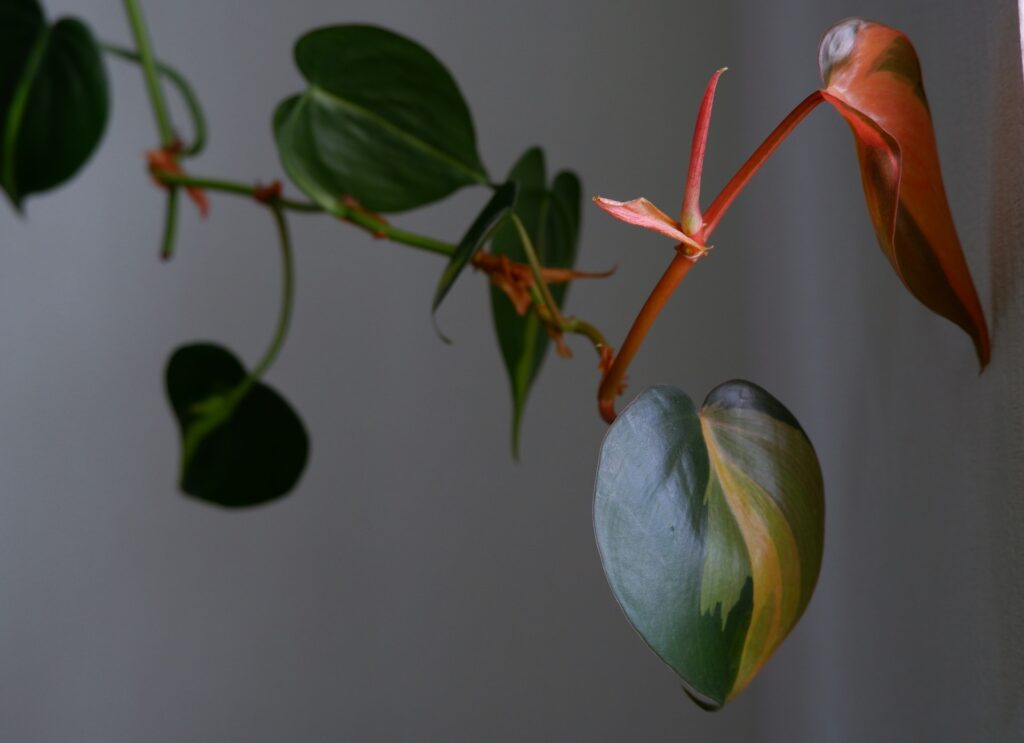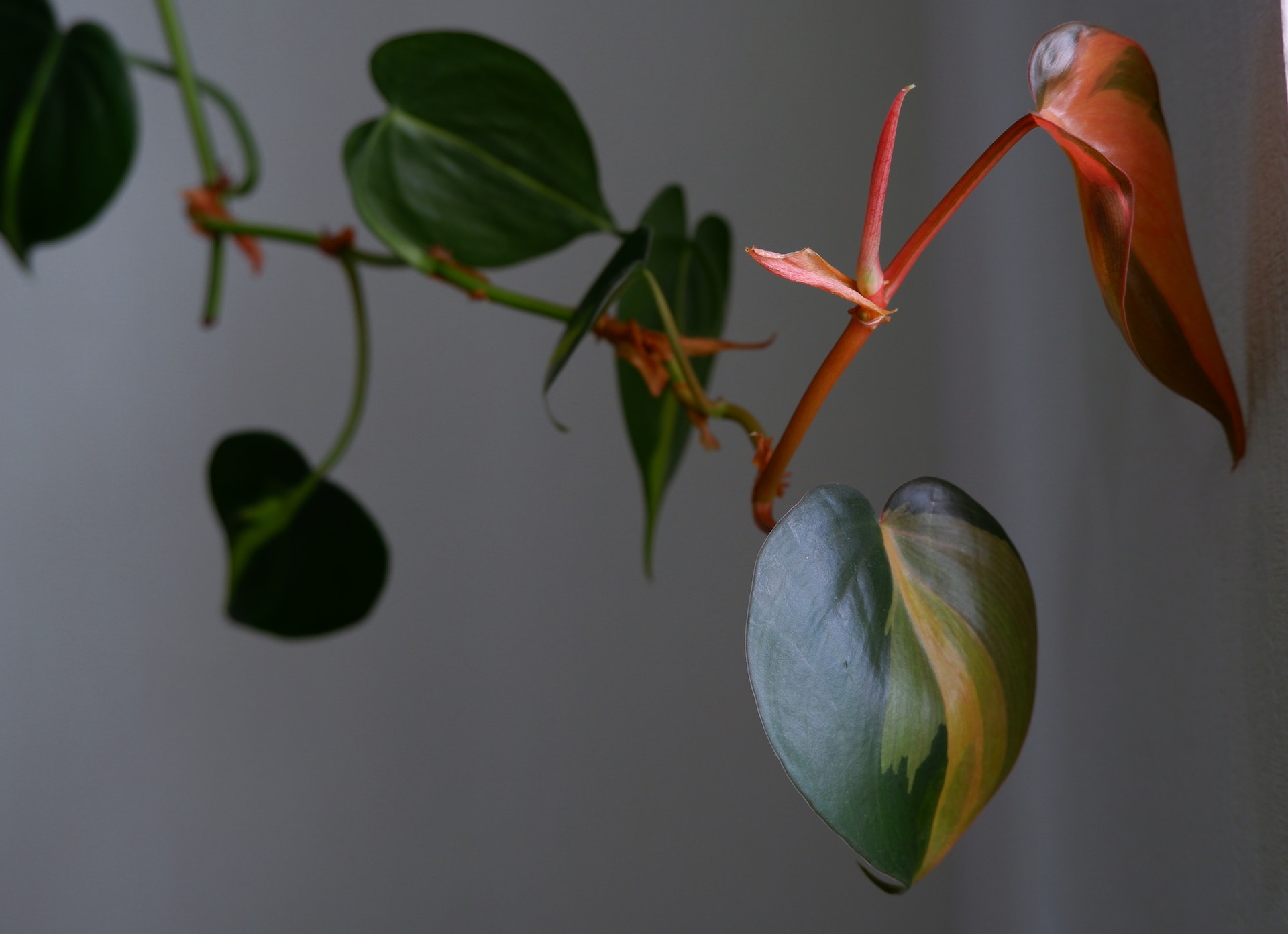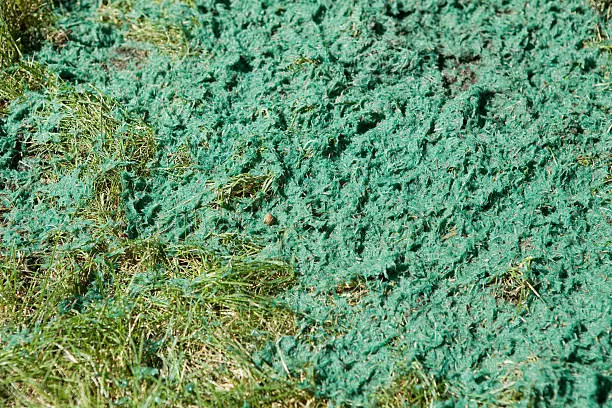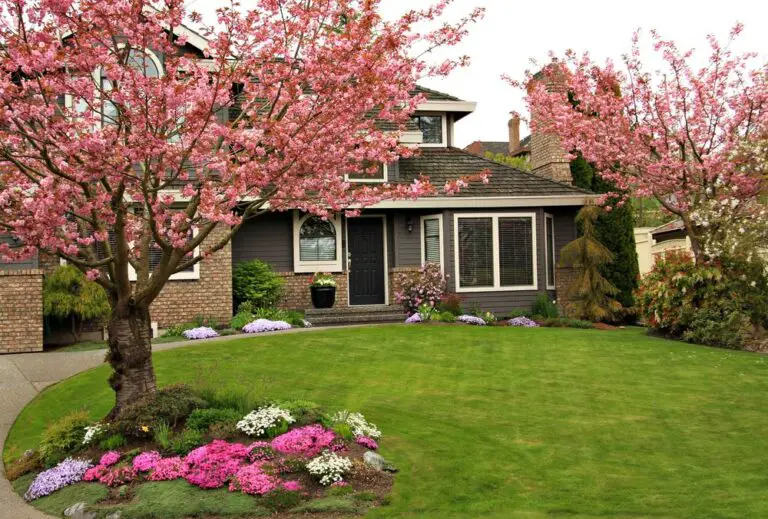Types of Philodendron: A Comprehensive Guide

Philodendrons are a popular houseplant due to their ease of care and ability to thrive in low light conditions. With over 400 species, there are many different types of philodendron to choose from. Each species has its own unique characteristics, making them a favorite among plant enthusiasts.
One of the most popular types of philodendron is the heartleaf philodendron (Philodendron hederaceum). This plant features heart-shaped leaves that can range in color from dark green to a lighter shade of green. It is easy to care for and can thrive in a variety of lighting conditions, making it a great choice for beginners. Another popular type of philodendron is the fiddle-leaf philodendron (Philodendron panduriforme), which has large, violin-shaped leaves. This plant requires more attention and care than the heartleaf, but its unique appearance makes it a favorite among plant enthusiasts.
Other types of philodendron include the split-leaf philodendron (Philodendron bipinnatifidum), which has large, deeply lobed leaves, and the velvet-leaf philodendron (Philodendron scandens), which has soft, velvety leaves. Each type of philodendron has its own unique characteristics, making it important to research and choose the right one for your space and care abilities.
Philodendron Varieties
Philodendron is a genus of flowering plants in the family Araceae. With over 500 species, philodendrons come in a variety of shapes, sizes, and colors. In this section, we will discuss the two main types of philodendrons: climbing and non-climbing.
Climbing Philodendrons
Climbing philodendrons, as the name suggests, are plants that climb up trees or other supports. They have aerial roots that help them cling to their support and climb upwards. Some popular climbing philodendrons include:
- Philodendron hederaceum: Also known as the heartleaf philodendron, this plant has green heart-shaped leaves and is easy to care for.
- Philodendron bipinnatifidum: Also known as the tree philodendron, this plant has large, glossy leaves and can grow up to 10 feet tall.
- Philodendron scandens: This plant has small, heart-shaped leaves and is great for hanging baskets.
Non-Climbing Philodendrons
Non-climbing philodendrons are plants that grow upright and do not climb. They are great for adding a tropical touch to any room. Some popular non-climbing philodendrons include:
- Philodendron selloum: Also known as the lacy tree philodendron, this plant has large, deeply lobed leaves and can grow up to 5 feet tall.
- Philodendron Xanadu: This plant has glossy green leaves and forms a dense clump, making it great for landscaping.
- Philodendron Brasil: This plant has variegated leaves with shades of green and yellow, making it a beautiful addition to any collection.
In conclusion, philodendrons are a diverse group of plants that come in many shapes and sizes. Whether you prefer climbing or non-climbing varieties, there is a philodendron for everyone.
Popular Philodendron Species
Philodendron Hederaceum
Philodendron Hederaceum is a popular species of Philodendron that is commonly known as the Heartleaf Philodendron. It is a vining plant that is native to Central and South America and is often grown as a houseplant due to its ease of care. The leaves of the Heartleaf Philodendron are heart-shaped and can range in color from dark green to a lighter shade of green. This species is known for its air-purifying properties and is an excellent choice for beginners.
Philodendron Gloriosum
Philodendron Gloriosum is a stunning species of Philodendron that is highly sought after by plant enthusiasts. It is native to Colombia and has large, velvety leaves that are heart-shaped and have prominent veins. The leaves of this species can grow up to 2 feet in length and are a deep green color. Philodendron Gloriosum is a slow-growing plant that requires bright, indirect light and high humidity to thrive.
Philodendron Bipinnatifidum
Philodendron Bipinnatifidum, also known as the Selloum Philodendron, is a popular species of Philodendron that is native to South America. It is a large, bushy plant that can grow up to 6 feet in height and has large, deeply lobed leaves that can reach up to 3 feet in length. The Selloum Philodendron is a low-maintenance plant that is easy to care for and can tolerate a wide range of conditions. It is often grown as a houseplant but can also be grown outdoors in warm, humid climates.
Overall, these three species of Philodendron are popular choices for plant enthusiasts due to their unique characteristics and ease of care. Whether you are a beginner or an experienced plant lover, these species are sure to add beauty and interest to any collection.
Care and Maintenance
Light and Temperature Requirements
Philodendrons are tropical plants that thrive in warm, humid environments. They prefer bright, indirect light and should be kept away from direct sunlight, which can scorch their leaves. If the plant is not getting enough light, its leaves may turn yellow and drop off. On the other hand, if the plant is getting too much light, its leaves may become pale and bleached-looking.
In terms of temperature, philodendrons prefer temperatures between 65-80°F (18-27°C). They can tolerate slightly cooler temperatures, but should not be exposed to temperatures below 55°F (13°C).
Watering and Humidity
Philodendrons require regular watering to keep their soil moist, but not waterlogged. Overwatering can lead to root rot and other issues, while underwatering can cause the plant to wilt and its leaves to turn brown and dry. It is recommended to water philodendrons once a week, but this can vary depending on the plant’s size, the type of pot it is in, and the humidity of its environment.
In terms of humidity, philodendrons prefer high levels of humidity, around 60-80%. This can be achieved by misting the plant’s leaves or placing a tray of water near the plant to increase the moisture in the air.
Soil and Fertilization
Philodendrons prefer well-draining soil that is rich in organic matter. A mix of peat moss, perlite, and vermiculite works well for these plants. It is important to avoid using heavy, clay-based soils, which can trap water and lead to root rot.
In terms of fertilization, philodendrons should be fertilized every 2-4 weeks during the growing season (spring and summer) with a balanced, water-soluble fertilizer. It is important not to over-fertilize, as this can lead to burned roots and other issues.
Overall, with proper care and maintenance, philodendrons can thrive and add a touch of tropical beauty to any indoor space.
Propagation Techniques
Philodendrons can be propagated by various techniques, including stem cuttings, division, and air layering. Each method has its advantages and disadvantages, and the choice of technique depends on the specific philodendron species and the grower’s preferences.
Stem Cuttings
Stem cuttings are a popular and straightforward way to propagate philodendrons. The process involves taking a stem cutting from a mature plant, allowing it to root in water or soil, and then planting it in a new pot. The advantage of this method is that it produces new plants quickly and easily. However, it may take some time for the new plant to establish itself and grow to the size of the parent plant.
Division
Division involves separating a mature philodendron plant into two or more smaller plants, each with its root system. This technique is best suited for large and mature plants that have outgrown their pots. The advantage of division is that it produces multiple plants from a single parent plant, and the new plants are already mature and established. However, it can be challenging to divide some philodendron species without damaging the roots or the parent plant.
Air Layering
Air layering is a technique that involves creating a small wound on the stem of a mature philodendron plant and then wrapping it with moist sphagnum moss and plastic wrap. The wound stimulates the plant to produce new roots, which grow into the moss. Once the roots have developed, the new plant can be cut from the parent plant and potted. The advantage of air layering is that it produces a new plant that is already mature and established. However, it can be a time-consuming process and requires some skill to perform correctly.
Overall, the choice of propagation technique depends on the specific philodendron species and the grower’s preferences. With the right technique and care, philodendrons can be easily propagated and enjoyed for years to come.
Frequently Asked Questions
Q: How can I identify different Philodendron varieties?
A: Philodendron varieties can be identified by their leaf shape, color, and texture. Some common Philodendron varieties include the heart-leaf Philodendron, the fiddle-leaf Philodendron, and the split-leaf Philodendron. It is important to note that some Philodendron varieties may have similar features, so it is best to consult a plant expert for accurate identification.
Q: What are some rare Philodendron types I should know about?
A: Some rare Philodendron types include the Philodendron gloriosum, Philodendron pastazanum, and Philodendron melanochrysum. These plants are highly sought after by collectors due to their unique foliage and striking appearance.
Q: Which Philodendron species are best suited for indoor cultivation?
A: Philodendron species that are best suited for indoor cultivation include the heart-leaf Philodendron, the fiddle-leaf Philodendron, and the Philodendron Brasil. These plants are easy to care for and can thrive in low to medium light conditions.
Q: What are the distinguishing features of Philodendron Birkin compared to other types?
A: Philodendron Birkin is known for its unique white pinstripes on its dark green leaves. This plant is a slow grower and has a compact growth habit, making it ideal for small spaces. Compared to other Philodendron types, Philodendron Birkin requires more frequent watering and prefers bright, indirect light.
Q: What is the most commonly encountered Philodendron in households?
A: The most commonly encountered Philodendron in households is the heart-leaf Philodendron. This plant is easy to care for and can thrive in a variety of lighting conditions. Its heart-shaped leaves and trailing vines make it a popular choice for hanging baskets and tabletop displays.
Q: Which plant is commonly confused with Philodendrons and how can I tell them apart?
A: Pothos plants are commonly confused with Philodendrons due to their similar appearance. However, Pothos plants have thicker, waxy leaves and tend to have a more variegated appearance than Philodendrons. Additionally, Pothos plants are toxic to pets, while Philodendrons are not.
Conclusion
From the delicate hues of light green in the Lemon Lime Philodendron to the vibrant, bright orange of the Prince of Orange, these plants offer a spectrum of visual delight. The Blushing Philodendron and Pink Princess stand out as enchanting varieties, each boasting unique colorations that can add a touch of elegance to any indoor garden. As a flowering plant, the Philodendron family surprises with blooms that are as diverse as their foliage, making them a stunning addition to both homes and offices.
The versatility of Philodendrons extends beyond their color range. Varieties like the climbing Philodendron showcase deep green leaves that can create a lush, tropical feel in any space. On the other hand, trailing plants such as certain Philodendron species offer a different aesthetic, with bright green leaves cascading gracefully from pots or hanging baskets. These adaptable plants can thrive in a range of environments, making them a popular choice for plant enthusiasts of all levels.
Whether you’re a seasoned gardener or a budding green thumb, the world of Philodendrons offers endless possibilities for adding natural beauty and vibrant color to your surroundings.







